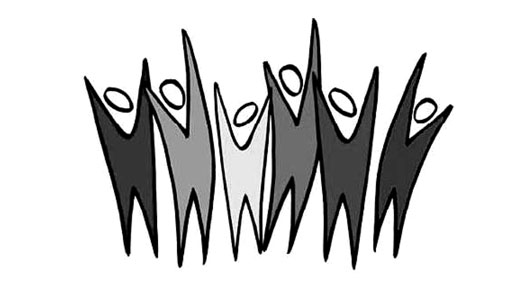
The latest National Congregations Study (NCS) looked at churches, mosques and synagogues across the United States to conclude their doors are open to gays and lesbians now more than ever before. It also noted that the pews are now accommodating more racial and ethnic diversity, and a willingness to break away from doctrines that discourage change. This is the third wave of studies conducted by NCS since 1998 and it was released in September after interviewing leaders at 1,331 nationally representative congregations and updating their data from the 1998 and 2006 studies. The 2014 study included non-Christian congregations as well but the data was insufficient for statistical analysis.
Mark Chaves, who is a professor of sociology at Duke University, headed the study. He said he was taken aback by how much the acceptance of gays and lesbians has gone up since 2006, the first time the study asked respondents about LGBT involvement in congregational practices.
Congregations that allow full-fledged membership to same-sex couples in a committed relationship have gone up from 37 percent in 2006 to 48 percent in 2012. Even though most congregations still draw the line at allowing homosexual individuals to assume leadership posts, the number of congregations that do not have such inhibitions has gone up to 26 percent from 18 percent.
Categorization by regions shows that this trend roughly mirrors state-by-state legalization of gay and lesbian marriages that took off in New England, then moved on to the mid-Atlantic and California by 2012. The only exception here is that four percent of white fundamentalist or conservative evangelical churches allow homosexuals in leadership roles.
For women, however, no progress was observed in the NCS study. Even though a few women have been appointed as senior pastors recently, the percentage of congregations that allow women at the top posts has been stagnant at 11 percent since 1998. In fact, some of the largest religious denominations in the United States, including Catholics, Mormons and Southern Baptists, do not even allow women to be ordained.
As far as diversity is concerned, a look at the pews in predominantly white congregations may help. In 2012, 11 percent of all congregations had only white members, which is a definite dip from 20 percent of all congregations in 1998. About 33 percent of congregations include some Hispanics and about 25 percent include some Asians.
Still, in an upcoming issue of the Journal for the Scientific Study of Religion, Chaves wrote, “We do not want to overstate the significance of this increasing ethnic diversity within American congregations. Eighty-six percent of American congregations (containing 80 percent of religious service attendees) remain overwhelmingly white or black or Hispanic or Asian or whatever.”
According to the NCS, distinctive denominational brands are beginning to lose their market share. Approximately one in four congregations, 23 percent, describe themselves as non-denominational today. This figure was 18 percent in 1998. NCS believes these prayer houses will eventually have a greater leeway in leadership, membership, teaching and worship.
Photo Credits: Echeion
